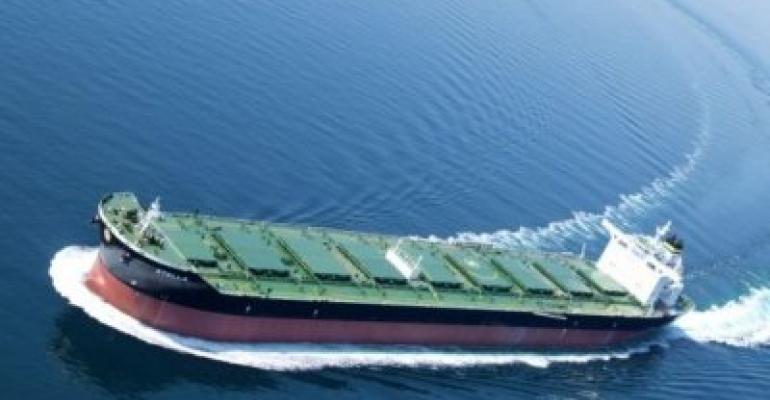The Baltic Dry Index (BDI) can no longer accurately reflect how the dry bulk shipping market is performing, according to a latest analysis report by Bimco.
“Bimco now believes that the BDI cannot be used as a proxy for the dry bulk market as a whole, because of the weighting of the different ship types in the index,” said Peter Sand, chief shipping analyst at Bimco.
Sand recalled that since 1 March 2018, the BDI was changed from an equal-weight index for capesize, panamax, supramax and handysize to a weighting of 40% on capesize and 30% on each of the panamax and supramax time charter averages, and no longer including the handysize time charter average.
“Knowing profits from losses requires insight into real US dollar per day earnings, which no index values can provide,” he said.
The BDI, issued daily by London-based Baltic Exchange, is widely referred to around the world as a proxy for dry bulk shipping stocks, indicating changes in the cost of transporting various raw materials such as coal and steel by different sizes of dry bulk carriers.
During April 2019, the BDI was dominated by capesize shipping, which pushed the index up by 50% on the back of a 239% increase in rates for capsizes – from a very low level – whereas the three other segments only rose slightly or decreased.
The 239% hike in capesize rates singlehandedly lifted the BDI from 674 points on 2 April to 1,011 points on 30 April, when panama rates only rose 6% during the same period while supramax and handysize rates fell by 4% and 15% respectively.
Read more: Fragile capesize market faces further impact from capacity growth: Bimco
Even as the BDI has risen from a low of 595 points on 11 February this year to 1,125 points on Monday, dry bulk shipping remains a struggling market which is only hyped up by capesize volatility, Sand noted.
“Bimco sees fleet growth outstripping demand growth in 2019 and 2020, making the near future look unappealing,” Sand said, adding that the estimated fleet growth is around 3% for 2019 and 2020.
“On 1 May, the orderbook stands at 96m dwt (according to Clarksons). It’s been unchanged at that level since February 2018, with around 100m dwt scheduled for future delivery. This is bad news,” he said.
Chinese steel demand, on the other hand, is following a downward-pointing trajectory due to the combined effect of overall slowdown in China’s economic growth and trade tensions with key trading partners. In the US, the Energy Information Administration (EIA) has forecast coking coal exports to decline by 9m tonnes for 2019 and thermal coal exports to decrease by 5m tonnes, due to lower demand for steel and European countries’ move away from coal-fired power plants.
Copyright © 2024. All rights reserved. Seatrade, a trading name of Informa Markets (UK) Limited. Add Seatrade Maritime News to your Google News feed.


